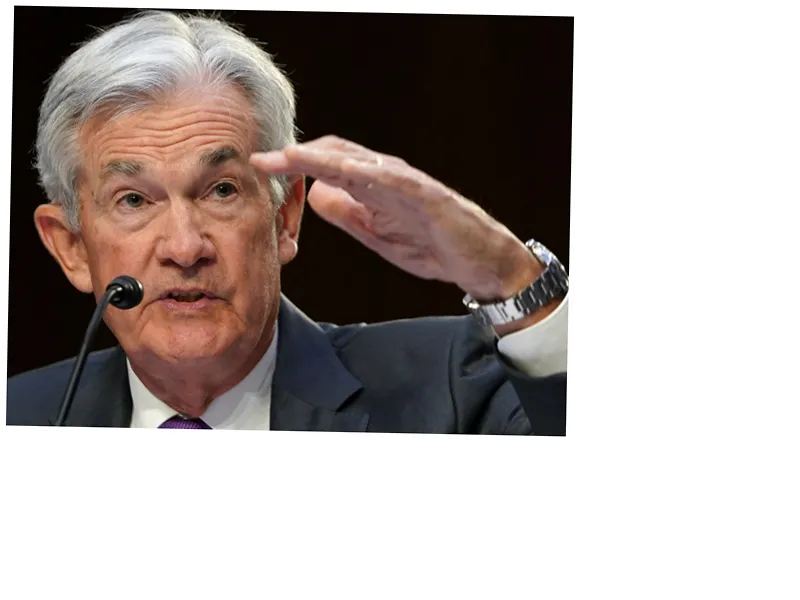Jerome Powell's Strategy to Maintain Labor Market Stability
In a bid to navigate the U.S. economy towards a soft landing, Federal Reserve Chairman Jerome Powell is focused on avoiding significant damage to the labor market. Recent surveys indicate that the economy is on track for a gradual slowdown while inflation trends downward, aligning with the Fed's target of 2%. Experts predict that the U.S. GDP will grow by 2.3% in 2024 and 2% in 2025, despite a slight uptick in unemployment rates, which are expected to reach 4.5% by year-end. This economic outlook suggests a careful balance between growth and inflation control, essential for maintaining employment levels.
Economists participating in a Financial Times poll expressed optimism about the economy's trajectory, with many forecasting that a recession is unlikely in the near future. Dean Crowshore, an economist at the Federal Reserve Bank of Philadelphia, remarked on the surprisingly positive indicators across various sectors. As inflation decreases and the labor market remains robust, the Fed's strategy appears to be on course for achieving its dual mandate of price stability and maximum employment.
Federal Reserve's Upcoming Interest Rate Decision
As the Federal Reserve approaches its next policy meeting, all eyes are on potential interest rate cuts. Currently, rates are at a 23-year high of 5.25%-5.5%, and over 90% of economists surveyed expect a reduction of at least a quarter point. Some analysts predict a more substantial cut may be on the horizon, with swap traders estimating a 50% chance of a half-percentage point decrease next week. Powell has emphasized the importance of supporting the labor market while making further progress toward stabilizing prices.
With the upcoming presidential election featuring contrasting economic agendas from candidates Donald Trump and Kamala Harris, the Fed's decisions could play a pivotal role in shaping the economic landscape. Trump advocates for tax breaks and deregulation, while Harris aims to address inflation through increased taxes on the wealthy. The Fed's actions will undoubtedly influence the economic discussions leading up to the election, making this period critical for both policymakers and voters.
- The concept of a 'soft landing' refers to a scenario where economic growth slows down without leading to a full-blown recession. The Federal Reserve employs various monetary policy tools, including interest rate adjustments, to manage inflation and stimulate or cool down the economy as needed. The current economic climate is characterized by high borrowing costs, which the Fed aims to reduce while still fostering an environment conducive to job growth. The implications of the Fed's interest rate decisions extend beyond immediate economic indicators; they impact consumer spending, business investments, and overall economic confidence. As we approach the next meeting, the Fed's commitment to a strong labor market will be critical in shaping its policies, especially in light of the upcoming elections.






